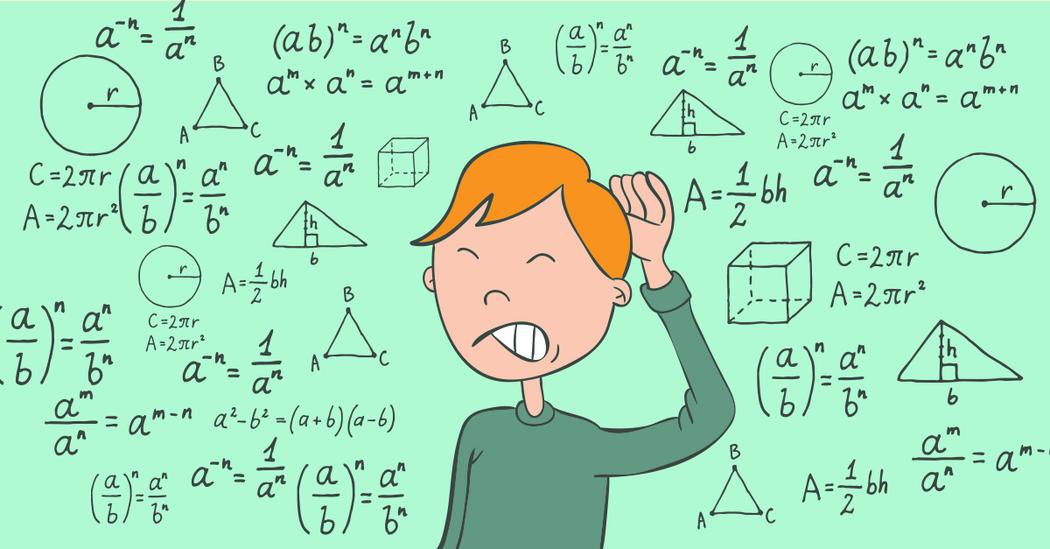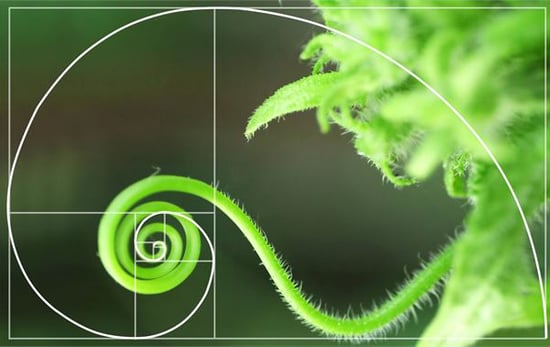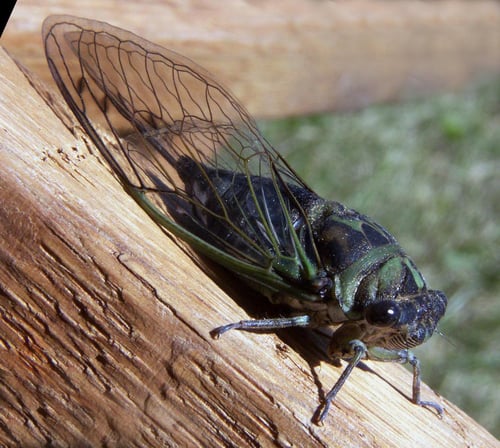The more one studies mathematics, the more mysterious it becomes, with powers that seem quite 'spooky' and almost magical at times. Check these amazing facts about math and have fun learning!

1. Pi and pizzas are linked
You multiply Pi multiplied by the radius squared to find the area and multiply area by height to find the volume, That means the volume of a pizza that has a nominal radius of (z) and height (a) will, of course, be: Pi × z × z × a
And strangely, if you enter Pi to two decimal places (3.14) in the your calculator and look at it in the mirror, you'll see it spells 'pie'.
2. Nature loves Fibonacci sequences
The spiral shapes of sunflowers and other patterns in nature follow a Fibonacci sequence, where adding the two preceding numbers in the sequence gives you the next (1, 1, 2, 3, 5, 8, etc.)

3.In a crowded room, two people probably share a birthday
It only takes 23 people to enter a room to give you an evens chance that two of them have the same birthday. With 75 people in the room the chances rise to 99%
4. Multiplying ones always gives you palindromic numbers
If you multiply 111,111,111 × 111,111,111 you get 12,345,678,987,654,321 - a palindrome number that reads the same forwards or backwards. And that works all the way back down to 11 x 11 (121) or just 1 x 1 (1).
5. The universe isn't big enough for Googolplex
A googolplex is 10 to the power of a googol, or 10 to the power of 10 to the power of 100. Our known universe doesn't have enough space to actually write that out on paper. If you try to do that sum on a computer, you'll never get the answer, because it won't have enough memory.
6. Seven is the favorite number
You might have guessed that most people's favorite number is 7 but that's now been proven. A recent online poll of 3,000 people by Alex Bellos found that around 10% of them chose seven, with three as the runner-up.
That might be because seven has so many favorable connections (seven wonders of the world, pillars of wisdom, seven seas, seven dwarfs, seven days, seven colors in the rainbow). But it's also true that seven is "arithmetically unique" - the only single number you can't multiply or divide while keeping the answer within the 1-10 group.

7. The answer is always 6174
Starting with any four digit number (that has at least two different digits) just follow the following steps:
1. Arrange the digits of the four digit number in descending/ascending order to make the largest and smallest numbers possible
2. Subtract the smaller number from the larger one.
3. Take the answer and repeat the process.
Eventually you'll end up at 6174 or 'Kaprekar's Constant'. Just as remarkable, it never takes more than seven stages to get there.
Picking a number at random, let's try 4551, for instance.
Stage 1: 5541-1455 = 4086
Stage 2: 8640 - 0468 = 8172
Stage 3: 8721 - 1278 = 7443
Stage 4: 7443 - 3447 = 3996
Stage 5: 9963 - 3699 = 6264
Stage 6: 6642 - 2466 = 4176
Stage 7: 7641 - 1467 = 6174
8. 1, 2, 3, 4, 5, 6, 7, 8, 9 make 100
... but not with those comma placements. There are at least three different ways to use the numbers 1-9 in that order without multiplying or dividing in order to reach 100:
Route 1:
123 + 4 - 5 + 67 - 89 = 100.
Route 2:
123 - 4 - 5 - 6 - 7 + 8 - 9 = 100.
Route 3:
1 + 23 - 4 + 5 + 6 + 78 - 9 = 100.
Bet you can find Route 4...
9. Random patterns aren't really random
Weirdly, random numbers aren't actually all that random. In a given list of numbers representing anything from populations to building heights to border lengths, fully one third of them will begin with the digit 1. Fewer will begin with 2 and so on until only one number in twenty begins with a 9. The bigger the data set, and the more orders of magnitude it spans, the more strongly this pattern emerges.

10. Prime numbers help Cicadas survive
Cicadas incubate underground for long periods of time before coming out to mate. Sometimes they spend 13 years underground, sometimes 17. Why? Both those intervals are prime numbers and biologists now believe cicadas adopted those life-cycles to minimize their contact with predators with more round numbered life-cycles.

Check the original article here: https://www.thecalculatorsite.com/articles/units/fascinating-maths-facts.php
Want to learn more amazing math facts?
Keep reading our Smart Fridays articles and check all the different lessons on our learning platform Engage!K12

Check more Smart Fridays articles!


